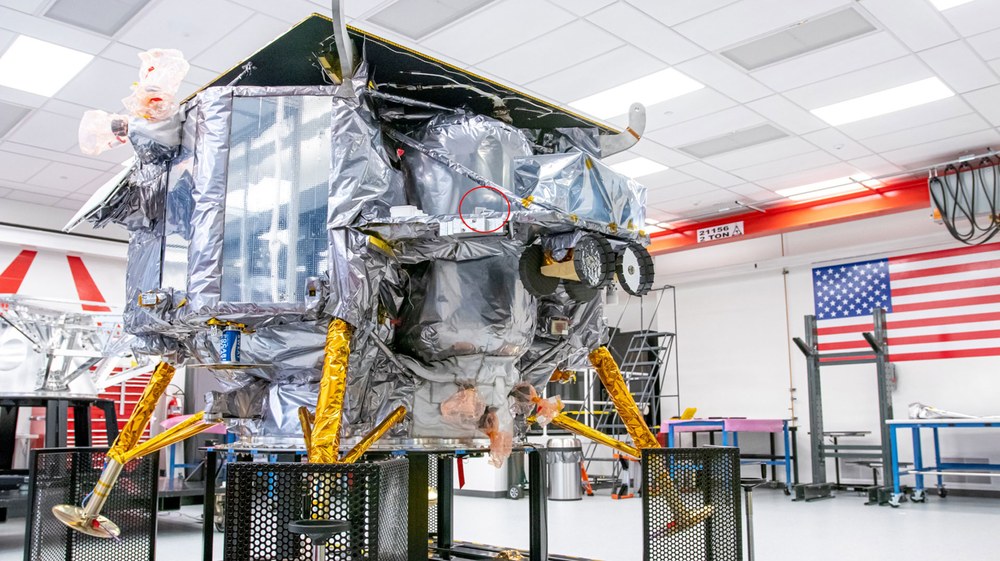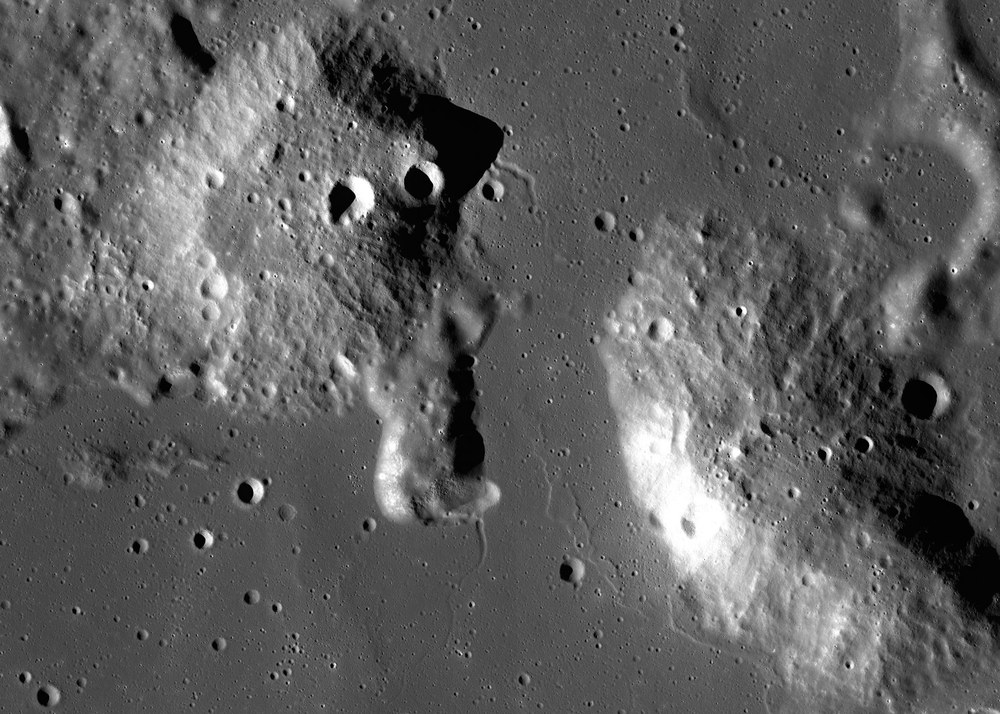M-42 radiation detector flies to the Moon

Astrobotic


NASA/GSFC/Arizona State University
- DLR instrument launched on board United Launch Alliance (ULA) Vulcan rocket on 8 January 2024.
- The M-42 radiation detector has been developed to measure radiation values on the lunar surface and send them to Earth.
- The Peregrine Mission One lander will touch down in a geologically interesting region near the Gruithuisen Domes in the north-west of the Moon.
- Focus: Spaceflight, medicine, Moon, exploration, radiation protection
+++ UPDATE 10/01/2024: The US space company Astrobotic has announced that the chances of a soft landing on the Moon have been ruled out (see news item). The M-42 radiation detector is currently transmitting data as planned, which is being received at DLR. +++
+++ UPDATE 09.01.2024: A few hours after the launch, Astrobotic announced an anomaly with the propulsion system. The US space company communicates further developments via the website www.astrobotic.com, among others. +++
A radiation measurement device from the German Aerospace Center (Deutsches Zentrum für Luft- und Raumfahrt; DLR) is on the way to the Moon. The M-42 radiation monitor is on board the commercial Astrobotic Peregrine Mission One, which was launched from Cape Canaveral (USA) on 8 January 2024 aboard the maiden flight of the United Launch Alliance (ULA) Vulcan VC2S rocket. The plan is for the Peregrine lander to touch down in the north-west of the Moon. M-42 will send radiation readings to Earth from the lunar surface and will also determine the radiation dose in space during its journey to the Moon.
Radiation exposure on the Moon is approximately 800 times higher than on Earth, where the magnetic field and the atmosphere act as a protective shield against cosmic radiation. A long-term stay on the Moon would therefore mean a high level of exposure for the human body. In order to gather further information for future astronaut missions to the Moon and to develop appropriate protective measures, M-42 will provide values from the unprotected lunar environment. The radiation detector, which was developed at the DLR Institute of Aerospace Medicine, is approximately 20 centimetres long and weighs 250 grams. It is identical to 16 radiation measurement devices that were installed in the 'lunar astronauts' Helga and Zohar. The two measurement mannequins orbited the Moon during NASA's Artemis I mission in November and December 2022. The data acquired by thousands of passive detectors in the two 'Luna Twins' are currently being analysed at DLR. The results will be available in spring 2024.
"The radiation values that we expect from Peregrine Mission One can supplement our previous findings. To date, there is not much measurement data on galactic cosmic radiation that comes directly from the lunar surface. We are very proud to be part of this mission," says Project Manager Thomas Berger from the DLR Institute of Aerospace Medicine in Cologne. DLR already secured a place on the Peregrine lander two and a half years ago and new instruments from the M-42 detector family are currently under development.
M-42 is exposed to radiation on the side of the Peregrine lander
Peregrine Mission One is the first commercial lunar mission by the US space company Astrobotic. In addition to DLR, NASA, other space organisations and companies are sending payloads to the Moon. The Peregrine lander developed by Astrobotic is approximately 1.9 metres tall and 2.5 metres across. The M-42 radiation detector is mounted on the side of the lander and exposed directly to the cosmic radiation on the Moon just above the lunar surface.
Originally, Peregrine was supposed to land at Lacus Mortis (Lake of Death). At the beginning of 2023, NASA announced that the lander would not arrive in the north-east, but near the Gruithuisen Domes in the north-west of the near side of the Moon. The scientists hope to gain new insights into a geological mystery in this lunar region. It is suspected that the Gruithuisen Domes – two elevations on the edge of the Oceanus Procellarum (Ocean of Storms) – were formed by viscous, silica-rich magma. They are probably similar in composition to terrestrial granite. On Earth, such formations require a high water content and plate tectonics in order to form. As both are lacking on the Moon, researchers are curious about how the domes were formed and how they have changed over time.
